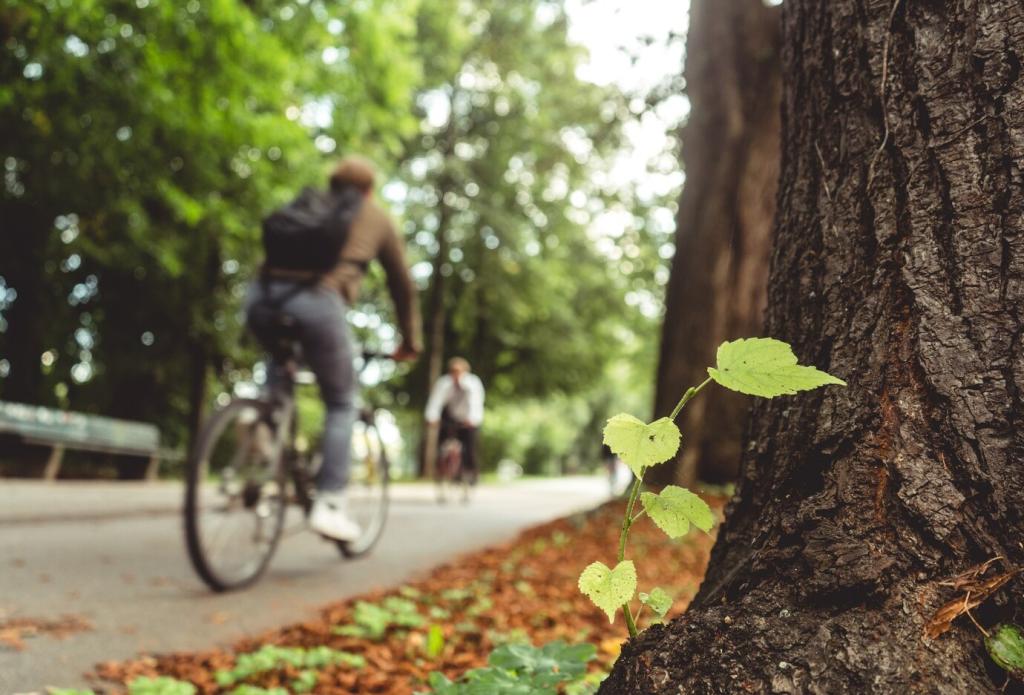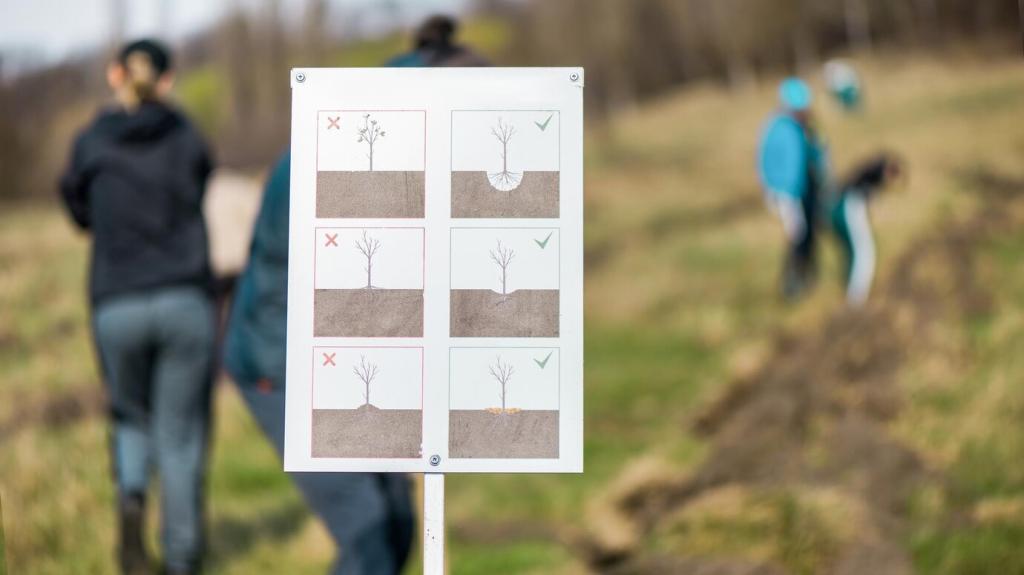Native Plants: Supporting Urban Ecosystems
Chosen theme: Native Plants: Supporting Urban Ecosystems. Welcome to a friendly, hopeful home for city nature lovers where sidewalks become corridors, balconies bloom into habitat, and every seed you plant helps stitch a healthier urban fabric. Subscribe, say hello, and grow the city wilder with us.

Why Native Plants Matter in the City
Biodiversity begins on your block
Native plants coevolved with local insects, offering precisely timed nectar, pollen, and leaves that generalists cannot replace. When caterpillars thrive, birds find food; when birds thrive, seeds disperse and pests balance. Tell us which native species you are adding to your curb or courtyard this season.
From lawn to living habitat
A reader swapped a patch of turf for native perennials and noticed bees within days, then goldfinches by week three. Curious neighbors stopped to ask about the flowers, and a mini meadow spread across the street the following spring. Share your lawn-to-habitat story to inspire the next household.
Small plantings, big network effects
A single balcony planter might seem minor, yet together they form stepping stones that help pollinators cross dense neighborhoods. Connectivity matters as much as size. Post a photo of your smallest native planting and tag a friend to start a shared block-by-block habitat map.
Pollinators, Birds, and the Urban Food Web
Timing that matches city seasons
Urban heat islands shift bloom times, yet native plant communities still stagger nectar and pollen throughout the year. Spring ephemerals, summer workhorses, and fall asters keep pollinators fueled. Comment with your city and we will suggest a seasonal native trio to keep visitors fed.
Caterpillars are bird breakfast
Most backyard birds raise chicks on soft-bodied insects, not seeds. Native foliage hosts far more larvae than exotic ornamentals, turning leaves into nurseries. If you have seen fledglings hunting in your garden, describe the scene and which plants they favored so others can copy the recipe.
Nightlife matters for moths and bats
Night-blooming native plants and reduced lighting support moths, which in turn feed bats and nocturnal birds. Dim, shield, and plant to restore the overlooked half of the day. Share one lighting change you will make tonight to welcome your neighborhood’s night shift.

Rain gardens that actually drink
Engineered depressions planted with native species capture roof runoff and let it infiltrate rather than flood drains. The right species tolerate wet feet, then summer drought. Ask below for a simple sizing guide, and we will send a checklist for your first rain garden weekend.

Soil life as an ally
Native plant roots exude sugars that feed microbes, which in turn unlock nutrients and build stable soil structure. Over time, you water less and mulch less because the ecosystem begins to self-maintain. Tell us how your soil has changed since going native—texture, smell, worms, everything.

Cooling streets and calming summers
Leafy native canopies shade pavement, lowering surface temperatures, while prairie-style plantings keep moisture cycling. Even a courtyard or rooftop can create a cooler microclimate. Pledge one shade-giving native you will plant this year and invite a neighbor to do the same.

Choose deep pots with airy soil, mix a grass, a flowering perennial, and a seasonal bloomer, and skip pesticides entirely. Even a single container can provide nectar, nesting material, and shelter. Share your container recipe and we will feature favorites in our next newsletter.

Short, clumping natives offer clear sightlines and tidy edges that please neighbors and city crews. A crisp border and a small sign signal intention, not neglect. Post a photo of your strip before and after, and tell us which plants handled foot traffic best.

Urban shade is often dry and windy. Native ferns, woodland sedges, and spring bloomers can still shine with mulch and occasional bucket watering. Comment with your light conditions and we will suggest shade-tolerant natives suited to your region.
Seasonal Care Made Simple
Leave the leaves, leave the stems
Overwinter stems provide nesting for bees and shelter for beneficial insects. Delay the big cleanup until spring warms consistently. When you do cut, leave hollow stems at varied heights. Tell us how you balance neatness and habitat on your block.


Water wisely in year one
Deep, infrequent watering trains roots to explore rather than linger near the surface. After establishment, many natives thrive with rain alone. Share your watering schedule and we will help you adjust it for resilience and lower bills.
Invite four neighbors to plant one native each, then celebrate visible results—more bees, fewer puddles, prettier corners. Momentum attracts allies like schools and libraries. Tell us who you will invite first, and we will send a simple challenge kit.
Community, Policy, and Citizen Science
A small sign explaining that your garden supports pollinators and manages rain reframes the story from weeds to stewardship. Share your favorite wording, and we will compile a printable template for readers everywhere.
Community, Policy, and Citizen Science


A Pocket Prairie Story to Spark Your Own
In January, a reader scattered native seeds over a thin layer of compost in a narrow curb strip. Neighbors laughed kindly, certain nothing would sprout between parked cars and plowed slush. She subscribed here for tips, waited, and kept faith with the cold.
A Pocket Prairie Story to Spark Your Own
By summer, coneflowers and grasses rose above the curb, and bumble bees traced lazy loops at lunch hour. A child counted butterflies on the way to the bus and posted the tally. Share your first bloom moment so we can celebrate it with you.
